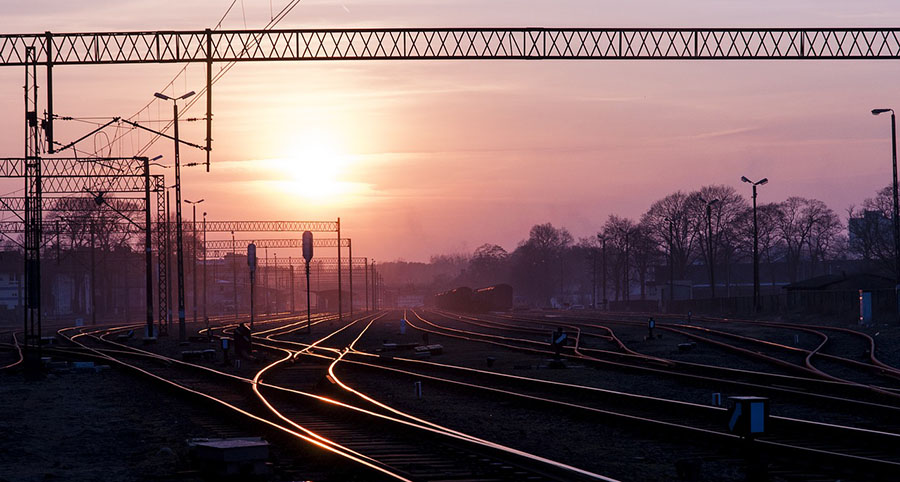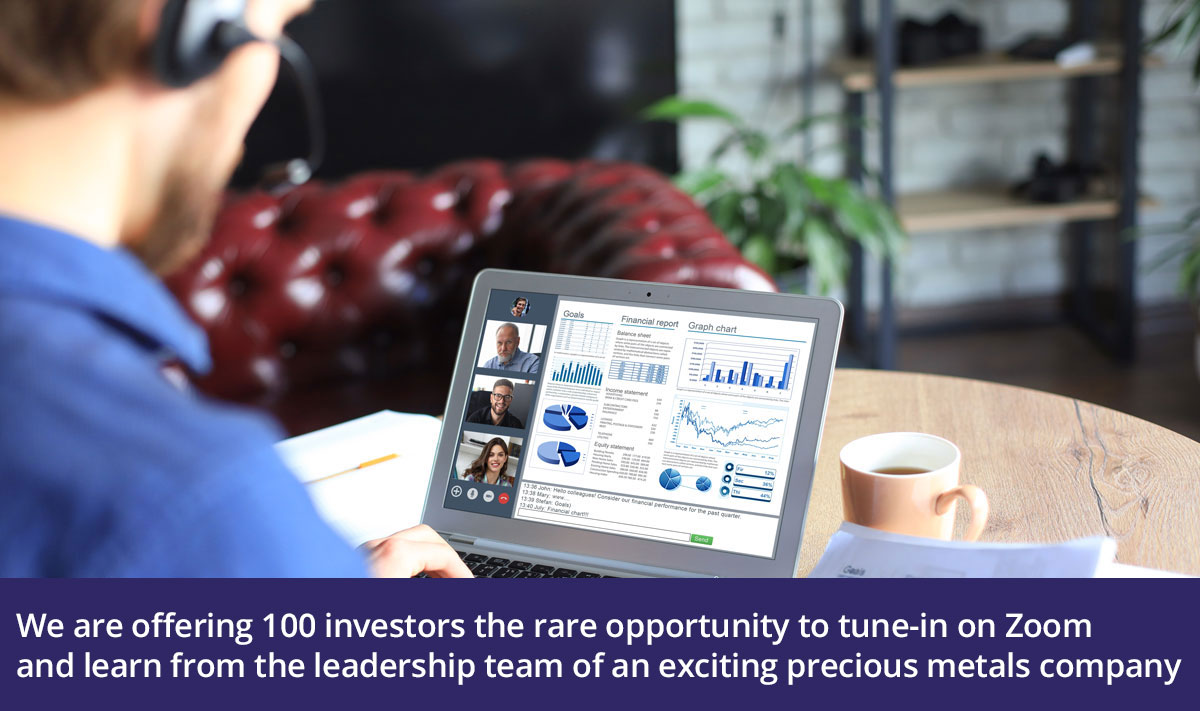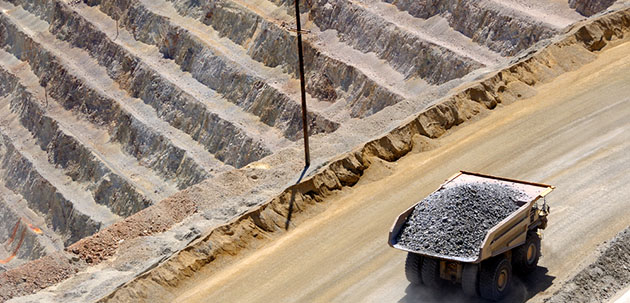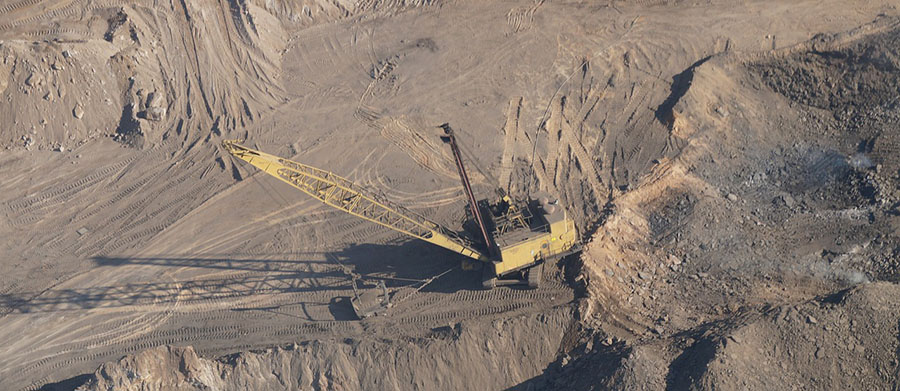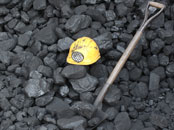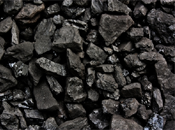A more diversified mix of metallurgical and thermal coal—as opposed to the singular focus on met coal in previous years—along with burgeoning industries in China, Japan, India (which is buying more as the rupee continues to appreciate) and South America are propelling the U.S. from a swing supplier to a strategic partner with world markets.
Falling domestic consumption due to cheap natural gas and environmental regulations are freeing more coal for export, strong enough to price some South African coals out of the market.
U.S. port infrastructure, however, is struggling to keep pace. Frustrated with the lack of capacity, Powder River Basin coal producers are turning to Vancouver-area terminals and even Prince Rupert, British Columbia, in hopes of securing space. They are often turned away. And for good reason: Port Metro Vancouver’s coal exports climbed a whopping 46% in 2011 as U.S. West Coast terminal plans stalled.
"The least favorite part of my job is turning away business," North Vancouver’s Westshore Terminals vice president and general manager Denis Horgan said, "but that’s what we’ve had to do."
Six U.S. seaports now account for 94% of coal exports as the largest facilities fill to capacity and sources say export barge prices to those ports are beginning to surpass grain.
Capacity along the East Coast is strained as U.S. coal exports to Europe increased 92% in 2011 over 2010 totals.
From the Delaware River to Myrtle Grove, Louisiana, to Coos Bay in Oregon, coal producers, desperate for capacity to serve new Asian markets, are placing large bets that the U.S. coal export boom will last.
Market sources indicated to Platts that Kentucky mining company Armstrong Coal recently spent $25M for a 600-acre plot of land at the mouth of the Mississippi River in hopes of building a coal terminal. Peabody Energy hopes to export 24Mt per year through a proposed $500M facility north of Seattle that environmentalists are attempting to block.
Officials with the Port of St. Helens in Oregon approved two separate export coal projects in January, one of several decisions needed to give Powder River Basin coal producers an export terminal by 2013.
Port commissioners voted unanimously to allow Australian coal company Ambre Energy to proceed with a transloading facility and use the port’s dock and terminal.
Ambre said it wants to initially export 3.5Mt of coal to Asia starting in mid-2013, with expansion plans boosting the total to 8Mt/year.
Kinder Morgan’s proposal includes building a $200M facility covering 100-150 acres of land.
The Port of Coos Bay, Oregon’s largest coastal deep-draft harbor, is attempting to enter formal negotiations with a coal producer to use its facilities for exports.
Fairless Hills, along the Delaware River, is a burgeoning option for coal exports as Baltimore and Norfolk struggle with capacity constraints. The eastern railroads began shipping export coal to Fairless Hills last May.
Kinder Morgan also operates the Shipyard River Terminal in Charleston, South Carolina, and the Tampaplex facility in Florida, both capable of handling export coal.
China, plagued by dangerous mining conditions and transportation congestion, will dictate the demand. If China’s economy flourishes, so will U.S. coal companies.
International Energy Agency leaders said they project global coal demand to increase by 2.8% over the next five years, but warned that China’s volatile production levels make trade markets much more difficult to predict.
Under a scenario where China’s coal production and transportation infrastructure cannot keep pace with domestic demand, the IEA says Chinese coal imports in 2016 will almost double 2010 totals of roughly 150M metric tons.
"China’s imports can either double or fall by two-thirds in the next five years," said Laszlo Varro, head of IEA’s gas, coal and power division. "That’s the range of uncertainty."
Darren Epps, Platts


